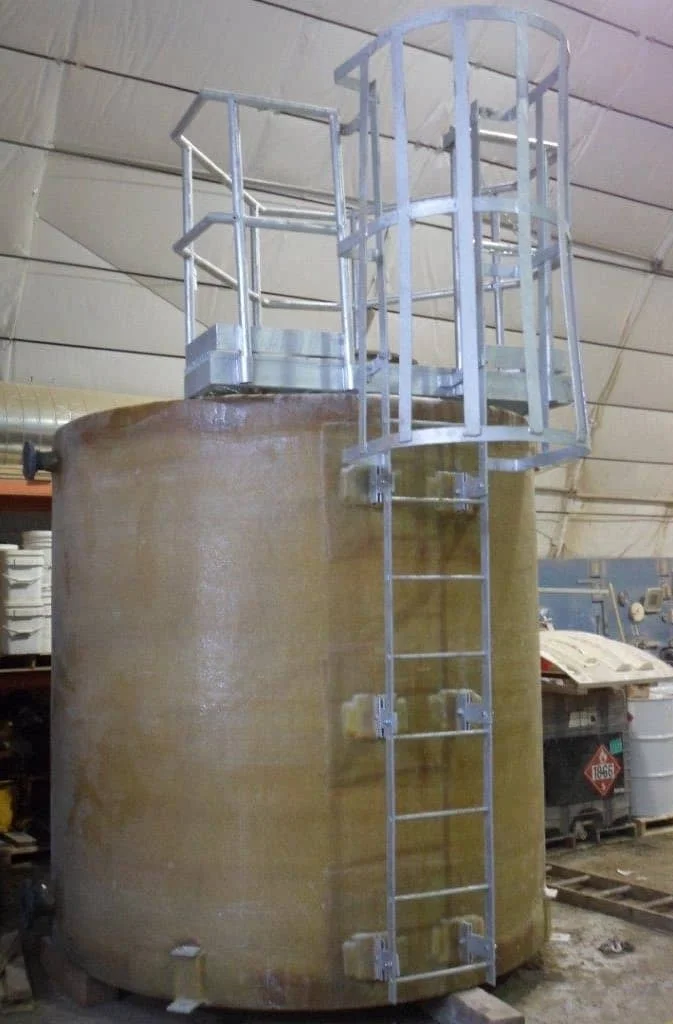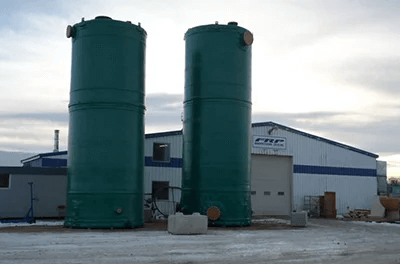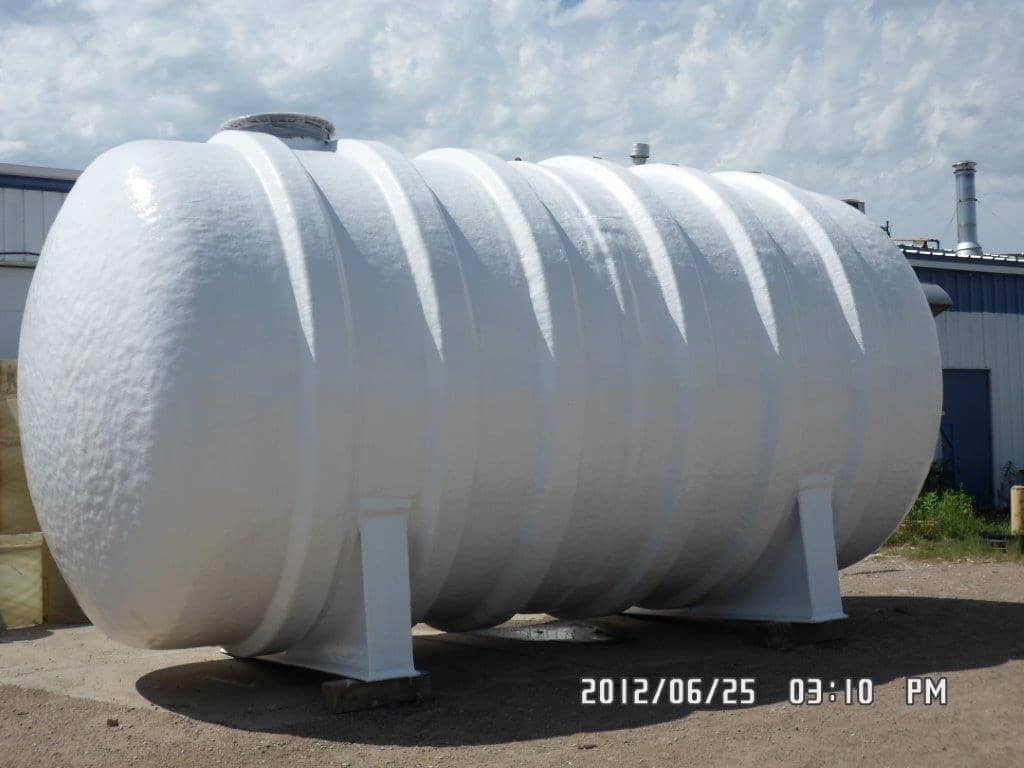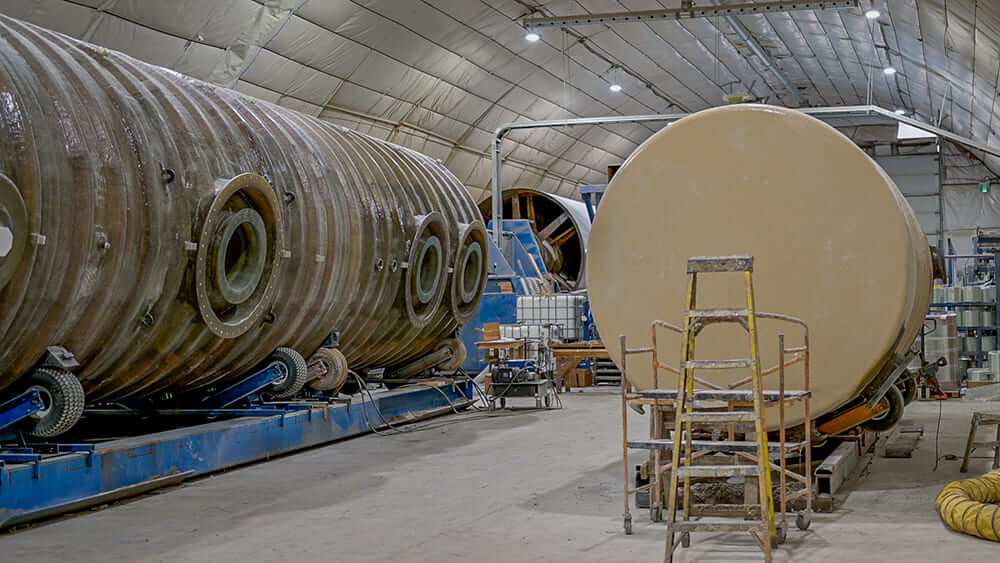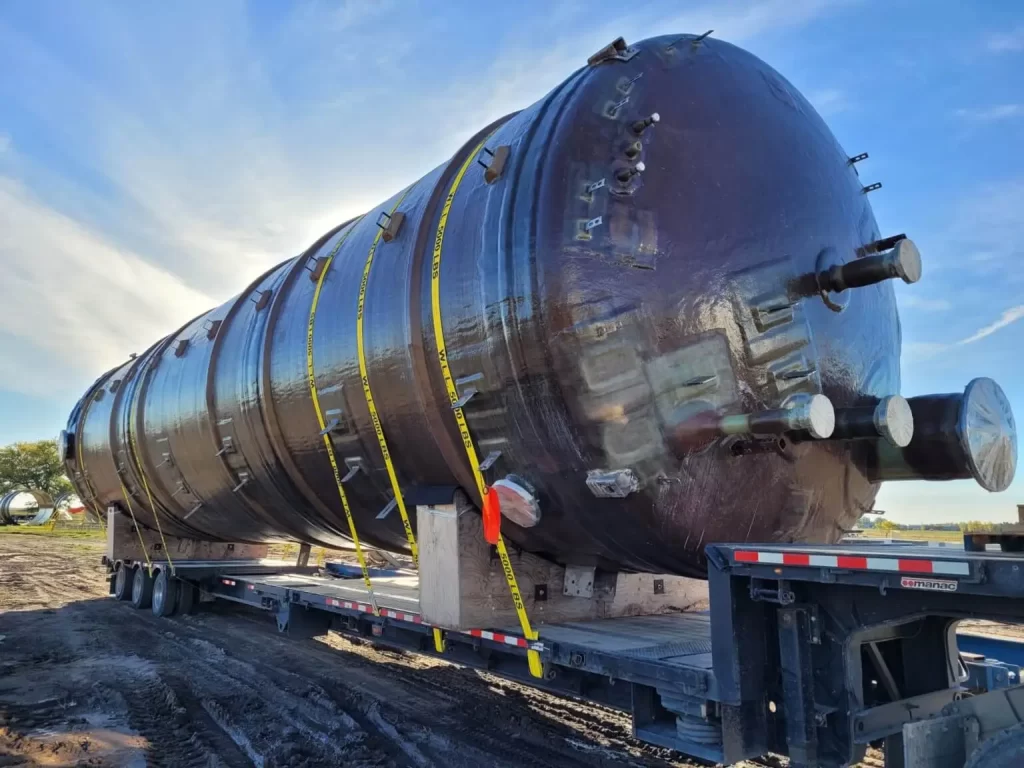Thanks to their durable, lightweight design and longer lifespans, Fiberglass Reinforced Plastic storage tanks are a staple for municipal, commercial and personal business operations. FRP tanks are reasonably priced and customizable and come in below and above-ground options to meet your site specifics. They are a useful unit to have on hand for storage needs, but what do you need to know about them? Here’s what to keep in mind before installing an FRP tank on your job site or property.
Repairs and Maintenance
Like any piece of equipment, FRP tanks require routine maintenance and occasional repairs. The key to making them last as long as possible is keeping them in the best shape you can. Professional inspections and maintenance are a must for these units and if you keep a consistent schedule, you are bound to catch the issue that may need repairing before it becomes a real problem. Get to know your tanks so you can recognize abnormalities, such as cracking, blistering or discoloration and are able to call in the experts before it persists.
Know What You’re Storing
FRP tanks are unique in that they can be extremely customizable for the materials you intend to store in them. The resin used in construction can determine what can be safely stored and will give additional protection, including corrosion and flame resistance. Chemicals, gasoline, fertilizers, oil products and more can be stored in FRP tanks, but each substance has specific requirements and your FRP tank can be constructed to meet those requirements. Before you start installing, know what it is you’re storing and what it requires to be stored safely and efficiently.
How To Install
Depending on where you’ll be storing these units, they may require tie-downs, cradles or frames and you need to properly secure the tanks. The manufacturer will take care to get the tank safely to you and in some cases will also install it for you. Regardless, be careful not to drop your unit, always assemble the tank if required on soft, stable ground, avoid rolling or sliding your tank as this can cause dents, scrapes and damage and make sure to provide proper support for the unit. Secure your unit to its pad with bolts or tie downs, but be careful not to tighten these supports too much as it can bend the walls of the unit and the attachments.
Installing an FRP unit as part of your storage operations is likely one of the best decisions you’ll make when it comes to the materials you’re storing. FRP tanks are reliable, long-lasting and some of the best there is for quality storage tanks on the market. For more information on how an FRP tank might make your job easier, get in touch with us!

